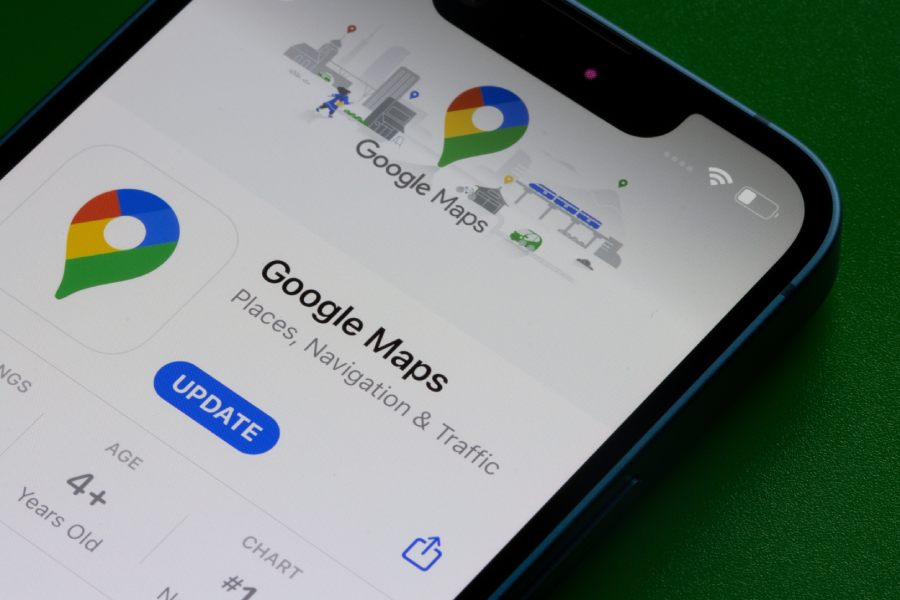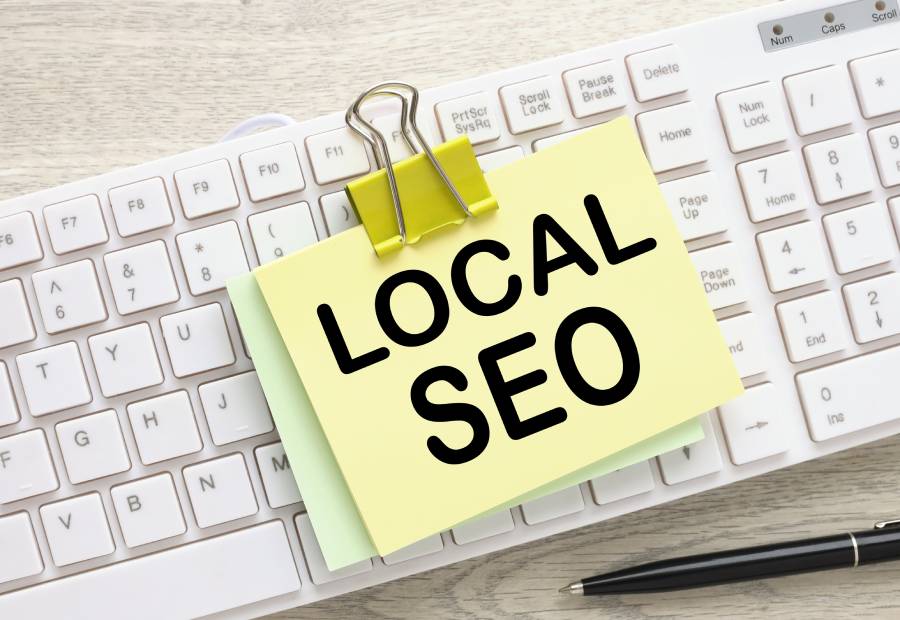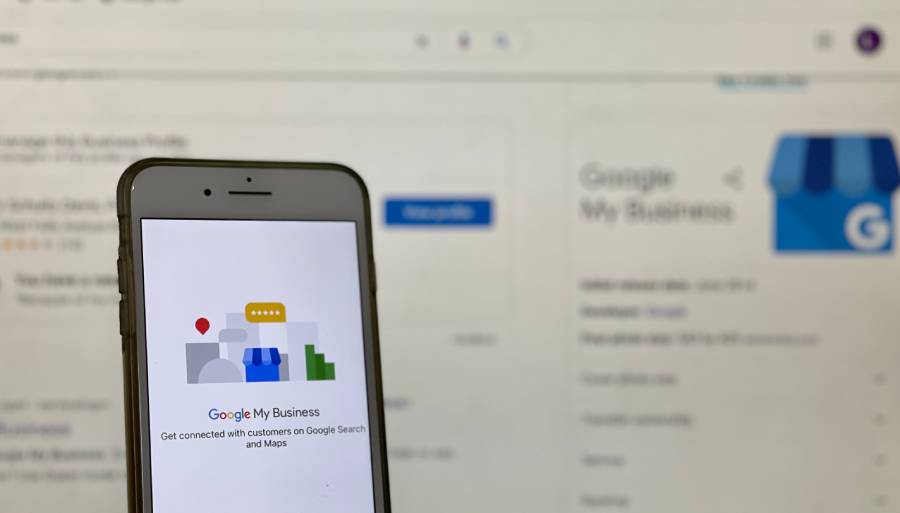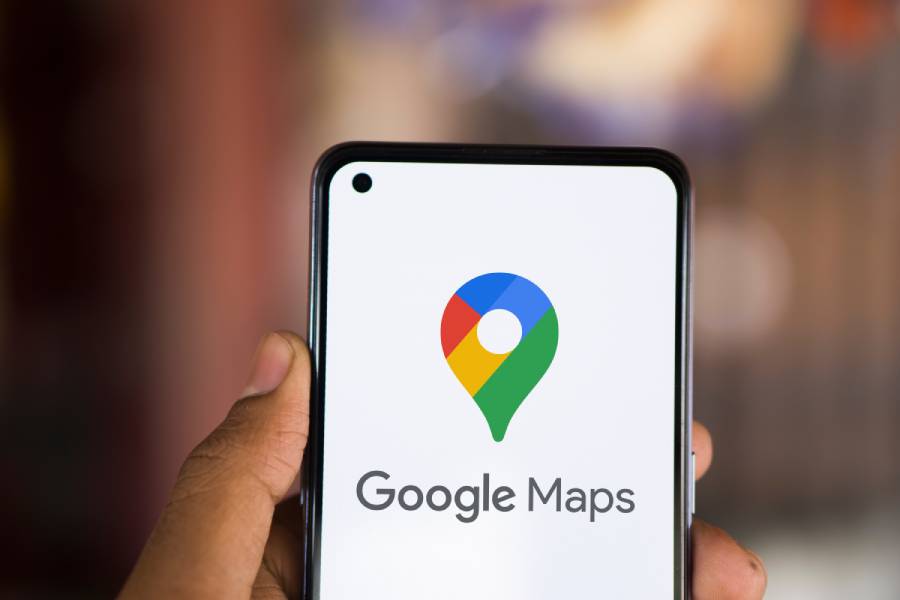In today’s digital landscape, local businesses face fierce competition to capture the attention of potential customers. With the increasing reliance on smartphones and location-based searches, Google Maps has become a crucial platform for businesses to showcase their presence and attract nearby consumers.
However, simply having a listing on Google Maps is no longer enough to stand out from the crowd. Many people are asking how to rank higher on Google Maps. Businesses must understand the intricacies of Google’s local search algorithm and implement strategies to improve their visibility.
This guide dives into strategies to boost ranking on Google Maps, exploring key factors that influence ranking. We also provide actionable tips for businesses looking to boost their local search presence.
Whether you’re a small startup or an established enterprise, mastering the art of Google Maps ranking can be beneficial. It can significantly impact your ability to connect with local customers and drive foot traffic to your physical location.

What Is Google Maps Ranking and Why It’s Important?
Google Maps ranking refers to how high a business appears in local search results, based on factors like relevance, distance, and prominence. A higher ranking boosts visibility, attracting more customers. Google’s algorithm considers accurate business information, reviews, and website quality.
The Local Pack, showing the top three businesses for a query, is crucial for visibility. High rankings increase foot traffic, and credibility, and offer a competitive edge. They also influence consumer decisions, especially for mobile users making on-the-go choices.
Overall, a strong Google Maps presence enhances customer trust and guides them throughout their purchasing journey. This ultimately leads to greater customer retention and business growth. It also helps businesses stand out in competitive local markets.
Google Maps Ranking Factors
Google Maps ranking depends on three main factors: how close your business is to the person searching, how well your business matches what they’re looking for, and how well-known your business is. Let’s break these down to better understand how to improve Google Maps ranking.
Proximity to searcher
When someone searches for a business on Google Maps, their location plays a significant role. Google aims to show users businesses that are close to them – this is known as proximity. For example, if you’re searching for a pizza place, Google will prioritize showing you options nearby. This is particularly true for mobile searches, where people often want quick, local results.
For businesses with multiple locations, it’s essential to have separate listings for each spot to appear in searches across different areas. Optimizing each location’s listing with accurate information helps improve rankings. Ensuring that local keywords and consistent NAP (Name, Address, Phone Number) details are updated also enhances visibility. This strategy allows businesses to capture more customers in varied locations.
Relevance to search query
Next, Google assesses how well your business matches the searcher’s intent – this is referred to as relevance. It involves ensuring that your business information aligns with what people are looking for. Factors such as your business name, description, and selected categories all play a part in this.
It’s crucial to choose accurate categories for your business and use clear, precise descriptions. Avoid using irrelevant categories to manipulate rankings, as this can backfire and hurt your visibility. Instead, focus on being honest and transparent about your offerings.
Regularly updating your business information helps maintain relevance and accuracy. Including local keywords in your descriptions further strengthens your connection with searchers. Engaging with customer reviews also signals that your business is active and responsive, further boosting relevance.
Prominence
The final major factor is prominence, which refers to how well-known and reputable your business is. Google considers elements like online reviews, mentions on other websites, and listings in online directories. Positive reviews and high ratings can significantly boost your ranking.
Encouraging satisfied customers to leave reviews and responding to all feedback, whether positive or negative, shows that you value customer input. Mentions of your business on other websites, especially local ones, can enhance your visibility.
Building partnerships with local businesses and being featured in local publications can further boost your prominence. The more Google perceives your business as a trusted and active part of the community, the better your chances of ranking highly on Google Maps.
How to Rank Higher on Google Maps
Ranking higher on Google Maps is crucial for local businesses, as it can help you attract more customers and stand out from competitors. Here’s how you can improve your ranking:
1. Optimize your Google My Business profile
Start by claiming and verifying your Google My Business (GMB) listing; this serves as your digital storefront on Google Maps. Fill out all the information completely, including your business name, address, phone number, and hours.
Use your business description to inform customers about your offerings, and enhance your listing with appealing photos. Remember to incorporate local keywords naturally in your description, as this helps Google understand what you do and where you’re located.
Regularly update your listing with any changes to your services or hours to keep information current. Encourage customers to check in and share experiences on social media to boost visibility. Engaging with your audience through posts and updates on GMB can also attract more interest and drive traffic to your listing.
2. Build consistent local citations
Ensure that your business information is consistent across all online platforms. This includes your name, address, and phone number (NAP). Consistent information across the web signals to Google that your business is legitimate and trustworthy.
Additionally, utilize schema markup on your website to provide search engines with structured data about your business, enhancing how information is presented in search results. Regularly audit your listings to correct any discrepancies that may arise over time. Local events or sponsorships can generate site backlinks, boosting credibility.
Finally, actively monitor your online reputation to address any issues promptly, ensuring a positive perception among potential customers.
3. Encourage positive reviews
Reviews play a significant role in your Google Maps ranking. Encourage satisfied customers to leave reviews on your GMB profile by providing a direct link for convenience. Be sure to respond to all reviews, both positive and negative, to demonstrate that you value customer feedback. Positive reviews and active engagement can enhance your visibility on Google Maps.
Consider implementing a follow-up strategy, such as sending thank-you emails or messages after a purchase, to remind customers to leave their feedback. Highlighting reviews in your marketing materials can also create social proof, attracting new customers.
Loyalty programs can encourage reviews, keeping in line with Google’s rules. Analyze reviews for trends and improvements to better meet customer expectations.
4. Use local keywords
Incorporate local keywords into your GMB profile and website. Consider what potential customers might search for when looking for your business, using terms like your city name. Integrate these keywords naturally into your website content, page titles, and meta descriptions. This will help Google associate your business with local searches.
Create localized content, such as blog posts about community events or services, to further enhance relevance. Engaging in local partnerships or collaborations can also provide opportunities for link-building, reinforcing your local presence.
Monitor keyword performance using Google Analytics to refine your strategy and reach your target audience effectively. Updating content with relevant info boosts engagement and SEO. This proactive approach not only drives traffic but also positions your business as a trusted local resource.

5. Create localized content
Develop content that is specific to your location. If your business has multiple locations, create separate pages for each one. Include a Google Map on your website to facilitate easy navigation for customers and signal to Google that you are a local business.
Consider writing blog posts about local events or news to showcase your active participation in the community. Additionally, share customer testimonials that highlight local experiences, helping to build trust with potential clients.
Use social media platforms to promote your local content and engage with your community, creating a more robust online presence. By positioning your business as a community-focused entity, you enhance your credibility and appeal to local customers seeking reliable services.
6. Regularly update your GMB listing
Keep your GMB profile active by posting updates regularly. Share news about your business, special offers, or upcoming events. Ensure that all your information remains current, especially your hours and services. Adding new photos or videos can also keep your profile fresh and engaging. Regular updates demonstrate to Google that your business is active and relevant.
Encourage customer interactions by asking for their feedback or opinions in your posts, fostering a sense of community. Consider utilizing GMB’s Q&A feature to address common inquiries, further enhancing customer engagement.
Track the performance of your posts to understand what resonates most with your audience, allowing you to refine your content strategy effectively. This consistent engagement not only boosts visibility but also builds stronger relationships with your customers.
Common Mistakes to Avoid
When trying to improve your Google Maps ranking, it’s important to be aware of common mistakes that can hold you back. Let’s look at three key areas where businesses often go wrong: providing inconsistent information, failing to engage with customer feedback, and neglecting GMB updates.
Inconsistent NAP information
Importance of consistent NAP
NAP stands for Name, Address, and Phone number, and maintaining consistency across all online platforms is crucial. This includes your website, social media, and business directories. Even minor differences, such as using “St.” instead of “Street”, can confuse Google. This may cause it to treat your business as separate entities, diluting your ranking power.
Inconsistent NAP details can lead to lost customers, as potential clients may struggle to find accurate information about your business. Furthermore, a lack of consistency can negatively impact your local SEO efforts, making it harder for Google to trust your business’s legitimacy. That’s why, regularly auditing your listings and promptly correcting any discrepancies is vital for maintaining a solid online presence.
Strategies for maintaining NAP consistency
To avoid this issue, regularly check all your online listings to ensure they match exactly. While it may take time, this effort is essential for sustaining a strong Google Maps presence. By ensuring your NAP is consistent, you enhance your business’s credibility and visibility in local search results.
Consider using online tools or services that can help monitor and update your NAP across various platforms. Encourage audience engagement and sharing accurate information to boost consistency on social media. Review and update business details promptly for relocations or new phone numbers. This proactive approach not only fosters customer trust but also strengthens your local SEO efforts, positioning your business favorably in search rankings.
Ultimately, maintaining consistent NAP information is a foundational step in maximizing your online presence and attracting local customers.
Ignoring reviews
The impact of reviews on Google Maps ranking
Reviews play a significant role in your Google Maps ranking, and ignoring them is a major mistake. Failing to respond to reviews, especially negative ones, can give the impression that you don’t care about customer feedback. This may turn away prospective clients.
Another common error is not actively encouraging reviews; happy customers often need a gentle reminder to share their experiences. Providing an easy way for customers to leave feedback – such as through follow-up emails or links – can significantly increase the number of reviews you receive.
Consider incorporating review requests into your customer interactions, making it a seamless part of their experience. By being proactive in seeking reviews, you not only enhance your online reputation but also build stronger relationships with your customers.
Strategies for engaging with customer feedback
Make it a habit to ask satisfied customers to leave reviews and always respond politely to all feedback, whether positive or negative. This engagement demonstrates that you value customer input and are committed to improving their experiences.
By actively managing your reviews and fostering open communication, you enhance your business’s credibility. This strengthens your presence on Google Maps and ultimately attracts more customers.
Additionally, showcasing positive reviews on your website or social media can serve as powerful endorsements that influence potential clients. Consider highlighting specific customer experiences in your marketing materials to create a compelling narrative about your business. Regularly monitoring your reviews can help you identify trends and areas for improvement. This allows you to adapt your services to better meet customer needs.
Neglecting Google My Business updates
Importance of keeping your GMB profile updated
Your Google My Business (GMB) profile needs regular attention, as a common mistake is allowing your information to become outdated. Having incorrect business hours or outdated contact details can frustrate potential customers. Make sure to update your profile for any changes, including seasonal hours or temporary closures.
Make the most of the features GMB offers, such as adding photos and utilizing GMB posts, to create a more engaging and informative profile. Consider showcasing customer reviews and frequently asked questions to further enhance your profile’s appeal.
Regularly refreshing your content helps keep your business relevant and encourages more interactions. By managing your GMB profile, you provide accurate information for potential customers.
Leveraging GMB insights for strategy improvement
Don’t overlook the insights GMB provides, as this data reveals how customers find and interact with your business. Understanding these metrics can be invaluable for refining your marketing strategy. By actively engaging with your GMB profile and leveraging its features, you enhance your online presence. This improvement boosts customer satisfaction and ultimately drives more traffic to your business.
Analyzing trends in customer interactions can help you identify peak hours or popular services, allowing you to optimize your operations accordingly. Regularly reviewing this data also enables you to adapt your marketing efforts to better target your audience. Ultimately, leveraging GMB insights strengthens your strategy. It also fosters a deeper connection with your customer base, encouraging loyalty and repeat business.

Conclusion
In conclusion, optimizing your business’s presence on Google Maps plays a vital role in today’s digital landscape. Focus on key factors like proximity, relevance, and prominence to improve your local search visibility.
Maintain an accurate Google My Business profile and build consistent local citations. Incorporate local keywords and create location-specific content to strengthen your local SEO efforts. Avoid common pitfalls like neglecting accurate information or ignoring customer feedback. Engaging with customer reviews will help boost your credibility and ranking.
Knowing how to rank higher on Google Maps is essential for local businesses aiming to thrive online. By implementing the above-mentioned strategies and staying proactive, you can enhance this ranking which in turn will help you attract more local customers and drive growth for your business in the competitive digital marketplace.





